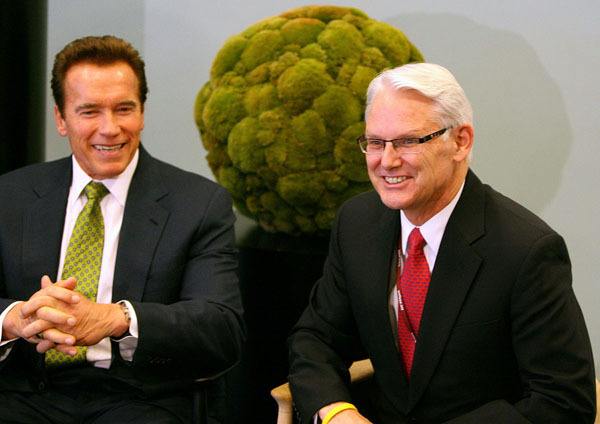VICTORIA – He would never quite admit it, but former premier Gordon Campbell’s push for self-sufficiency in clean electricity has always looked to me like a long-term strategy to export hydroelectric power.
It still looks that way. B.C.’s spring and summer runoff match perfectly with peak air-conditioner season in California. But the recent review of BC Hydro operations discusses how the prospects for exports have changed since Campbell’s 2007 energy plan.
The government instructed BC Hydro to wean itself off power imports by 2016, even in drought years, and obtain new capacity mostly from outside sources with net zero greenhouse gas emissions. Nuclear plants were formally ruled out.
The review of BC Hydro by three top bureaucrats acknowledges that government directions have “placed pressure on BC Hydro to increase their energy supply through increased long-term agreements with independent power producers (IPPs).”
Cue the doomsayers. Independent power production is enemy number one for BC Hydro unions. Their champion, NDP energy critic John Horgan, was immediately out with a grossly distorted version of the report. He cherry-picked statistics to compare the $124-per-megawatt hour average cost for delivering independent power with the lowest end of the spot market for electricity, which currently swings wildly from around $4 to more than $50.
In fact the report puts the average price paid for IPP power at $63.85. Compare that with the projected cost of $87 to $95 for power from Site C, the proposed third dam on the Peace River that will be BC Hydo owned and operated.
The $124 figure includes other costs, notably extending the electricity grid to connect IPPs. Horgan claims to favour wind or run-of-river for remote areas with no other clean energy option, but apparently is against hooking them up to the grid.
(Further evidence that current NDP energy policy is nonsense: Horgan opposes Site C based on an assumption of little or no growth in mines, mills or other industries such as liquefied natural gas, which an NDP government would be a good bet to deliver. He’s against smart meters for the same reason he’s against the HST – because it looks like a popular pose right now.)
When it comes to electricity exports, the important point is not what power sells for today, but what it will be worth a decade from now. And that depends on whether clean energy can command a premium price, and whether coal and other fossil fuel sources have a carbon price imposed on them.
Conventional wisdom right now is that carbon taxes and cap and trade programs are, if not dead, at least dormant in North America. Climate change has fallen off the front page as the U.S. and Europe grapple with economic troubles.
So I was surprised to find that this month Powerex, BC Hydro’s electricity trading company, wrote to the California Air Resources Board asking for clarification of the state’s proposed changes to its greenhouse gas reporting and cap and trade rules. California wants to prevent suppliers from engaging in “resource shuffling,” where a supplier such as B.C. might import coal power from Alberta for its own use, while selling supposedly clean power for export.
Considering that restriction, B.C.’s self-sufficiency rule starts to make more sense. If B.C. is not importing power, its supply must be clean.
Also, a meta-analysis on climate effects came out last week in the journal Science, detailing world-wide species migration due to warming.
Clean energy sales to California are a long way off, but it would be a mistake to reject the possibility.
Tom Fletcher is legislative reporter and columnist for Black Press and BCLocalnews.com
Follow me on Twitter: tomfletcherbc
